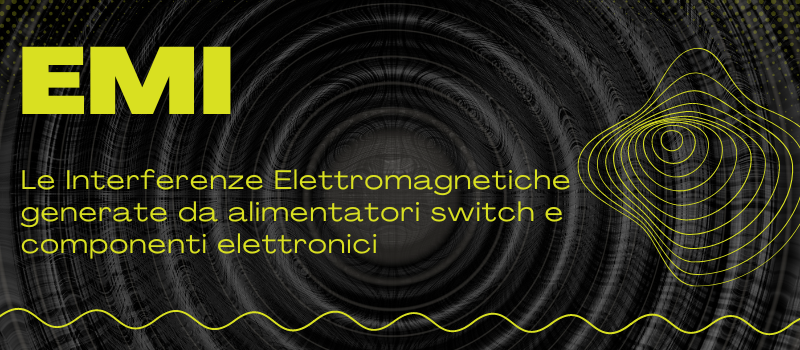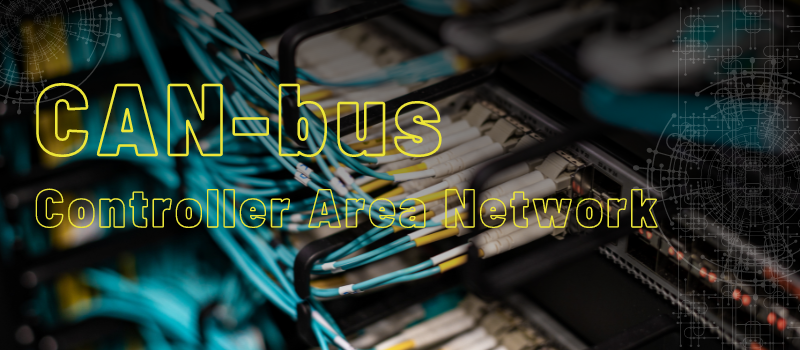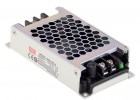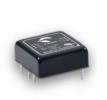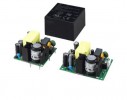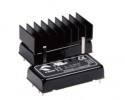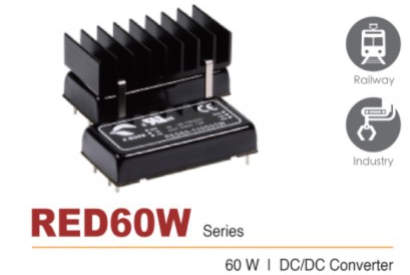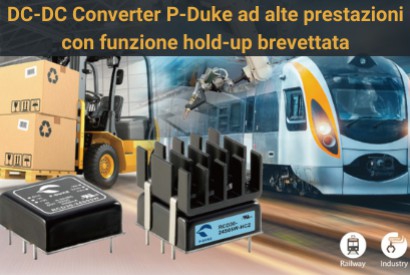How to select the right and the best railway DC-DC converter
Published : 10/11/2022 10:30:00
The railway transport is seeing a great impetus towards greener and environmentally friendly solutions, resulting from the growing attention towards environmental and energy sustainability issues.
As with electronic components, the power supply systems that allow the management of current and electrical intensity of railway applications must also comply with specific standards to ensure that the minimum design requirements are maintained, such as EN 50155 standard.
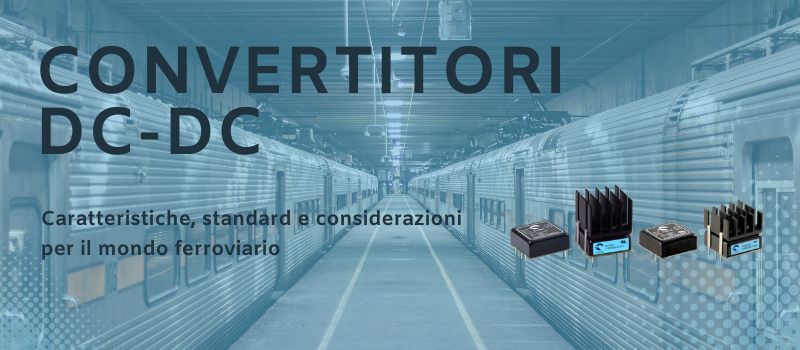
What are the key factors to consider for DC-DC railway converters
Identifying the correct power supply solution for trains and trams is an activity that requires detailed knowledge of multiple technical parameters as well as of the working environments. First of all it is in fact necessary to identify the correct input range, in order to cover the voltage and wattage needs of the system. After defining the place of application and the type of installation, it will also be necessary to consider the shielding for EMI disturbances and compliance with specific standards such as EN 50155.
Input voltage range
The distributed voltages in a DC rail system include 24V, 28V, 36V, 48V, 72V, 96V, and 110V, with the voltage range being to include 0.6 to 1.4 times the voltage nominal. Among the most interesting and flexible choices, the DC / DC converter with 12: 1 input range have extremely versatile characteristics.
Operating temperature
The EN 50155 standard defines 6 different application scenarios (from OT1 to OT6) which require 6 different temperature ranges , thus differentiating the devices used in the pilot cabs from those inserted in electronic equipment or near the engine compartment.
Waiting time for interruption
The holding time is to keep the system stable even if the input source is interrupted (0 V) for a short period of time.
Electromagnetic compatibility (EMC)
Electromagnetic interference is a big problem for converters and power supplies; it is therefore necessary to identify the critical elements of the system and guarantee the EN 50121-3-2 standards for EMI and IEC 61000-4 for EMS.
The best converters for rail mobility proposed by Digimax
Digimax covers a wide variety of DC/DC converters that meet EN 50155 standards. These series range from 18: 1 to 2: 1, with powers up to 600W and the possibility of custom EMI filters.
There are many factors to consider to optimize power supplies and converters and require a broad overview: derating factor, thermal management, cooling flow, accessories, tests, reliability; do not miss the opportunity to develop the best solution for your project.
GET IN CONTACT FOR A CONSULTATION
-
News from P-Duke: RED60W DC/DC converter for the railway industry
Leggi tutto
Published : 10/28/2020 11:00:00 -
Professional joysticks and HMIs for construction machinery
Leggi tutto
Published : 03/09/2021 09:00:00 -
High-performance P-Duke DC-DC converter with patented hold-up function
Leggi tutto
Published : 05/19/2022 10:00:00

